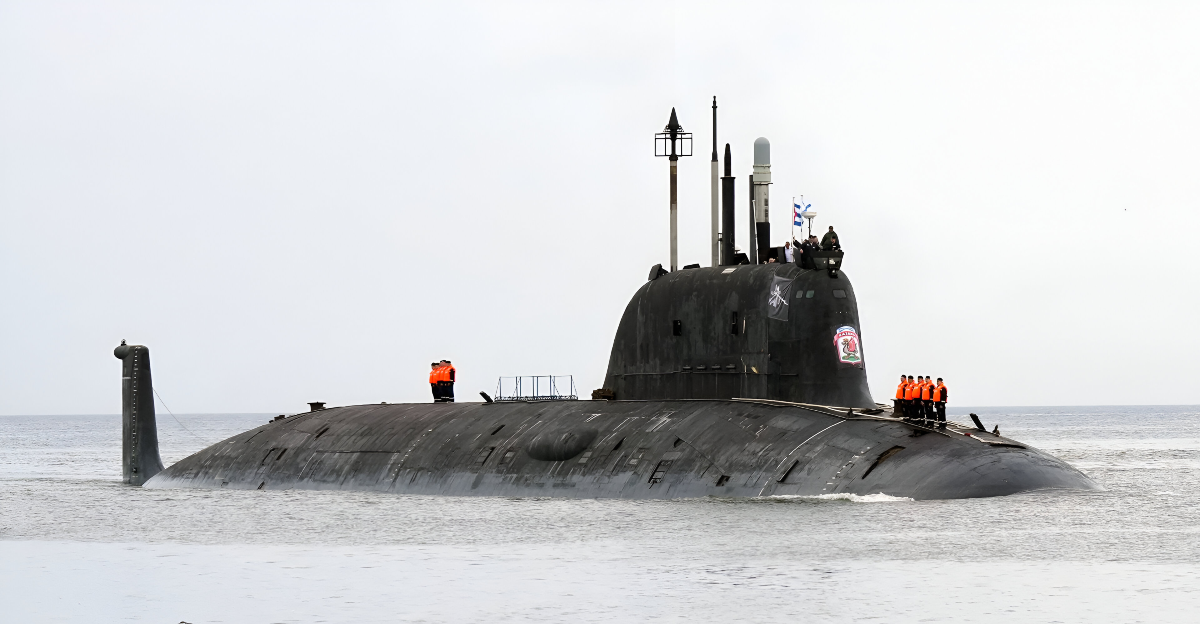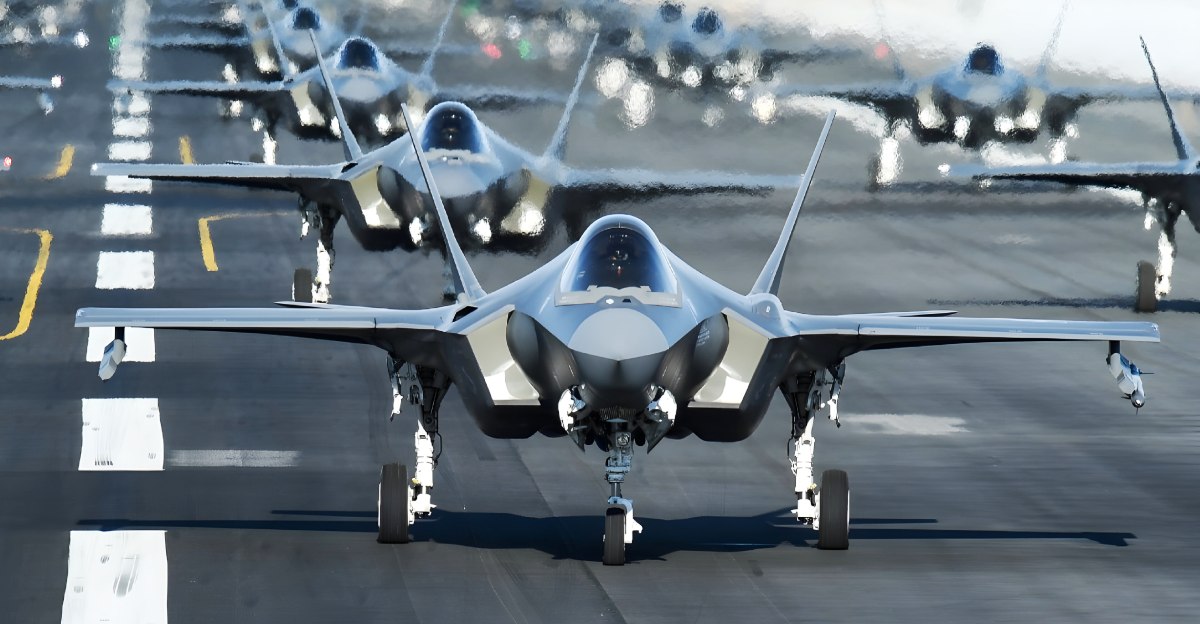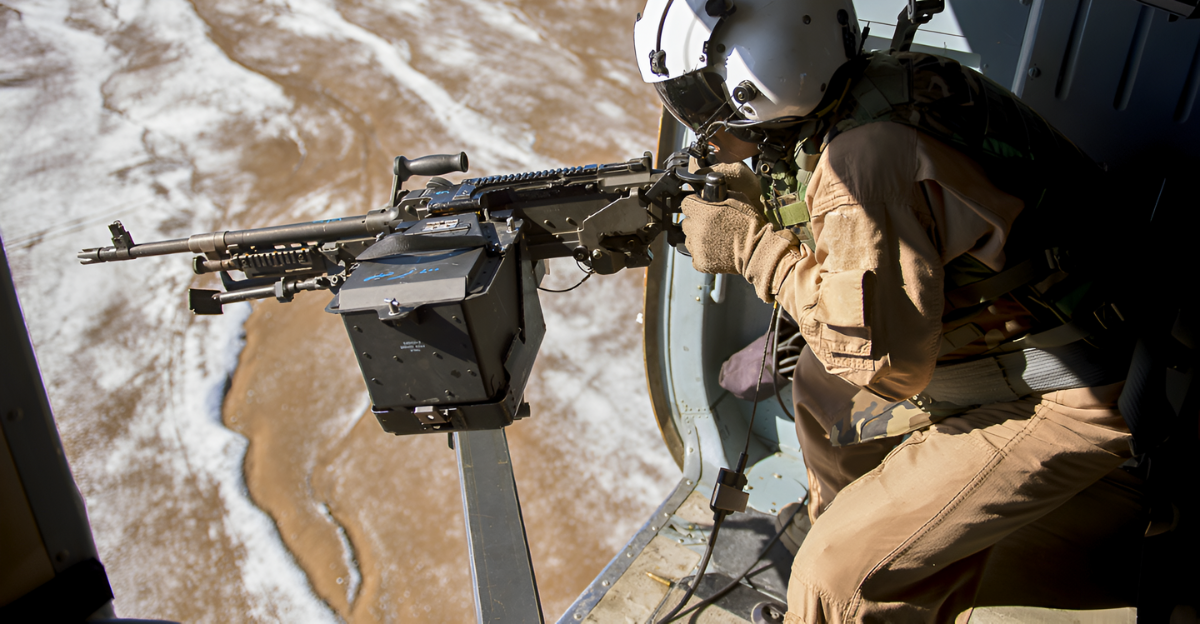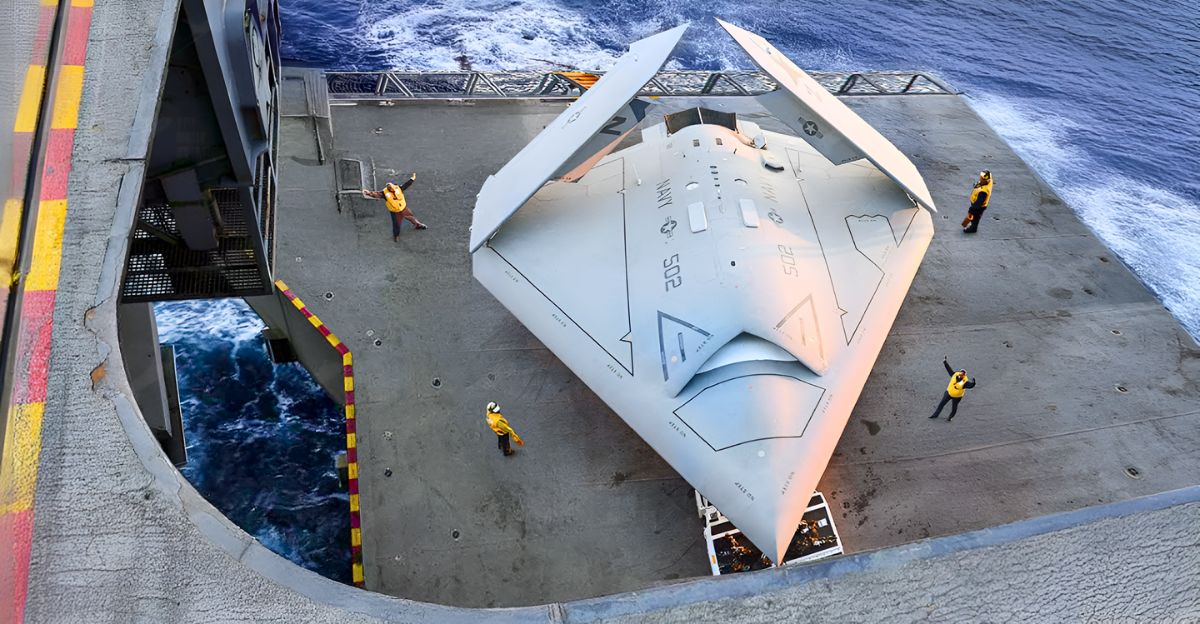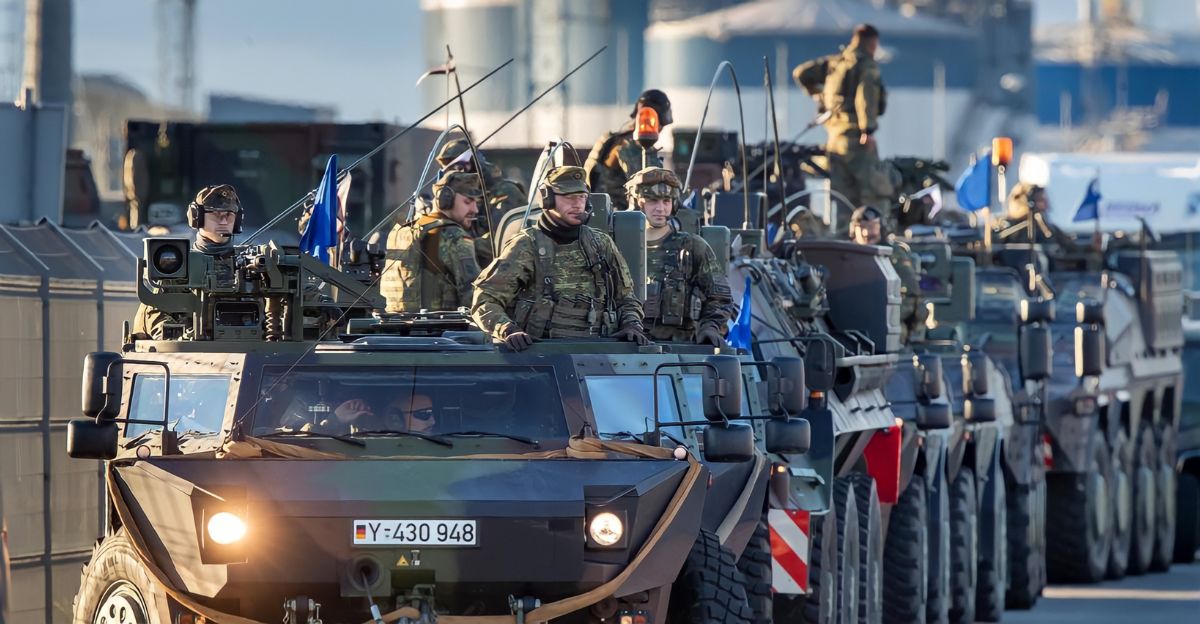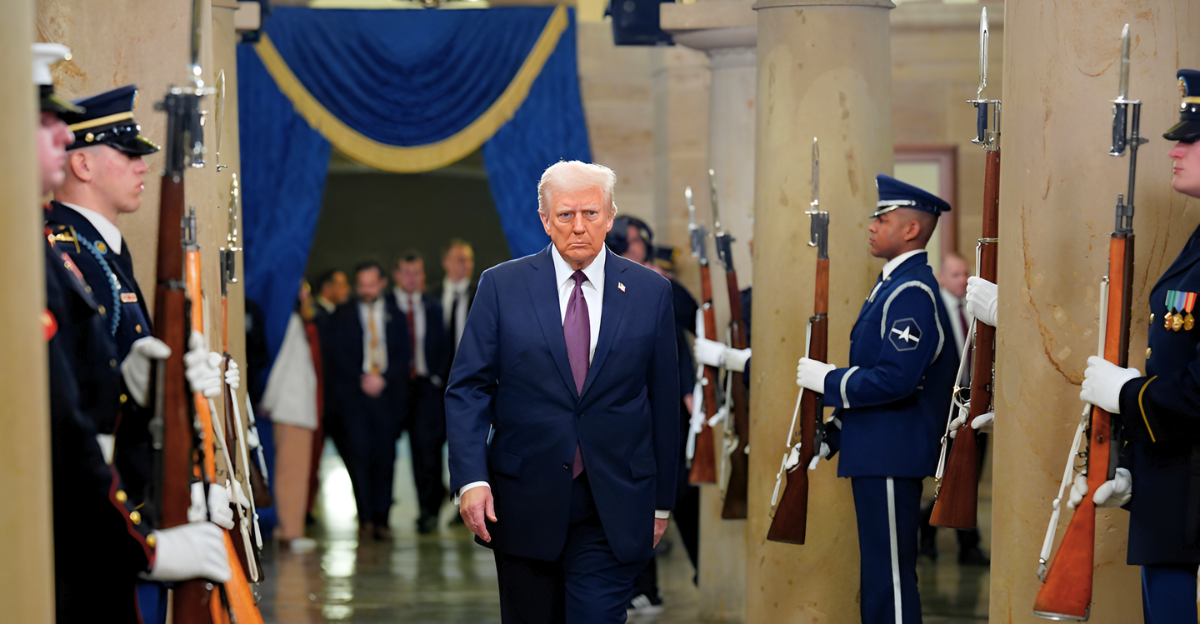
As Israeli airstrikes hammer Tehran for a fifth straight day, the White House is offering what officials describe as Iran’s “last chance” to strike a nuclear deal. At the same time, the U.S. has raised its Force Protection Condition (FPCON) to Bravo across all Indo-Pacific bases, signaling heightened alert.
The move follows the expiration of President Trump’s 60-day ultimatum, which ran out just one day before Israel launched Operation Rising Lion on June 13. The coordinated strikes hit over 100 targets and killed at least 585 people, including 239 civilians.
With missiles still flying in both directions, Trump’s message is clear: accept the deal or risk U.S. military action, including strikes on Iran’s deeply buried Fordow facility. Here’s what’s really unfolding behind this high-stakes standoff.
Israel’s Operation Rising Lion Strikes With Precision
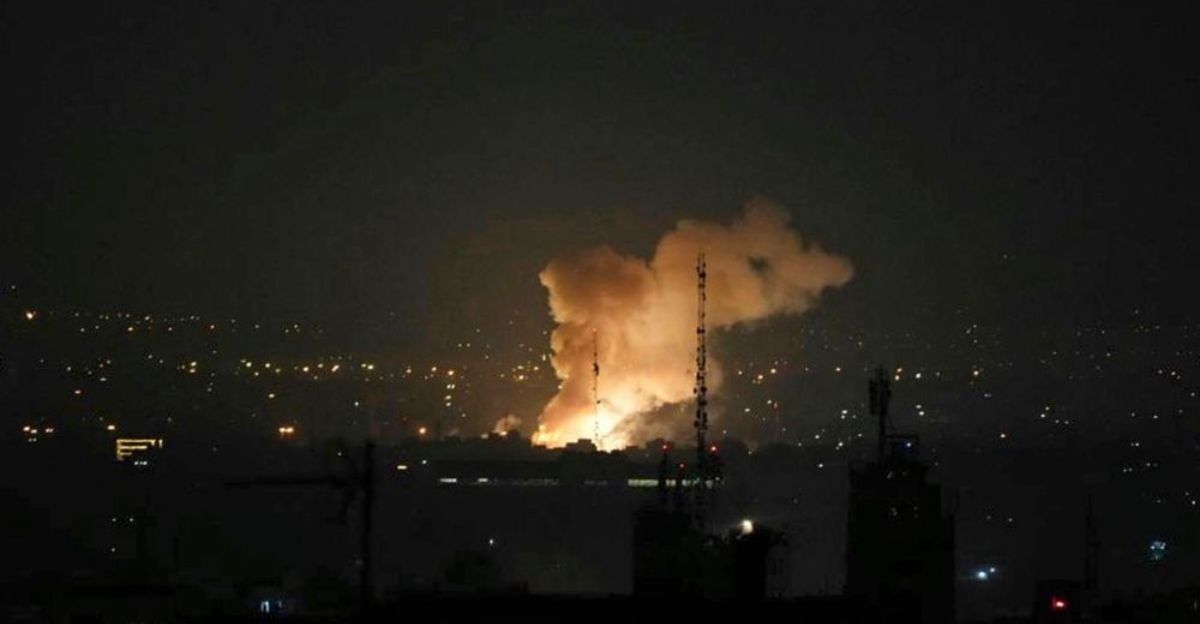
In the early hours of June 13, Israel launched a massive air assault targeting Iran’s nuclear infrastructure and military leadership. The campaign, named Operation Rising Lion, involved over 200 aircraft and dealt serious damage to above-ground facilities at Natanz. Simultaneously, Mossad operatives disrupted Iran’s air defenses from within. High-ranking figures, including IRGC chief Major General Hossein Salami and several nuclear scientists, were killed.
Israel’s Defense Minister called it a “preemptive strike,” citing intelligence that Iran was days away from assembling up to 15 nuclear weapons. The operation’s scale and accuracy reflected years of covert planning and revealed the extent of Israel’s readiness to act independently if needed.
Iran Hits Back: Operation True Promise III Unleashed
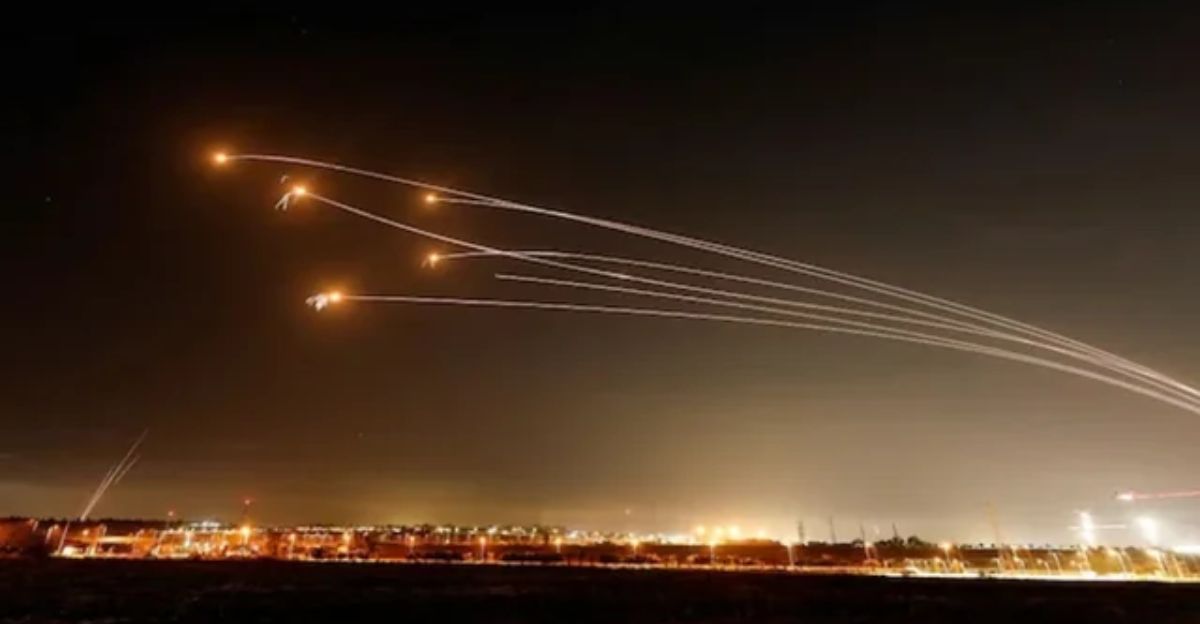
Iran wasted no time retaliating. On June 15, it launched Operation True Promise III, firing waves of ballistic missiles and drones at both military and civilian targets in Israel. Strikes, carried out in coordination with Yemen’s Houthis, hit cities like Bat Yam, Rehovot, and Tel Aviv, killing 24 civilians and damaging 61 buildings. Iranian forces also aimed at strategic defense facilities, including the Iron Dome manufacturer, Rafael Advanced Defense Systems.
Despite heavy losses, Iran has continued to strike back, now on its tenth wave. Iranian officials warn that any U.S. military involvement would destroy hopes for a nuclear agreement and provoke a wider regional war.
Trump’s Ultimatum: 60 Days to Comply or Face Consequences
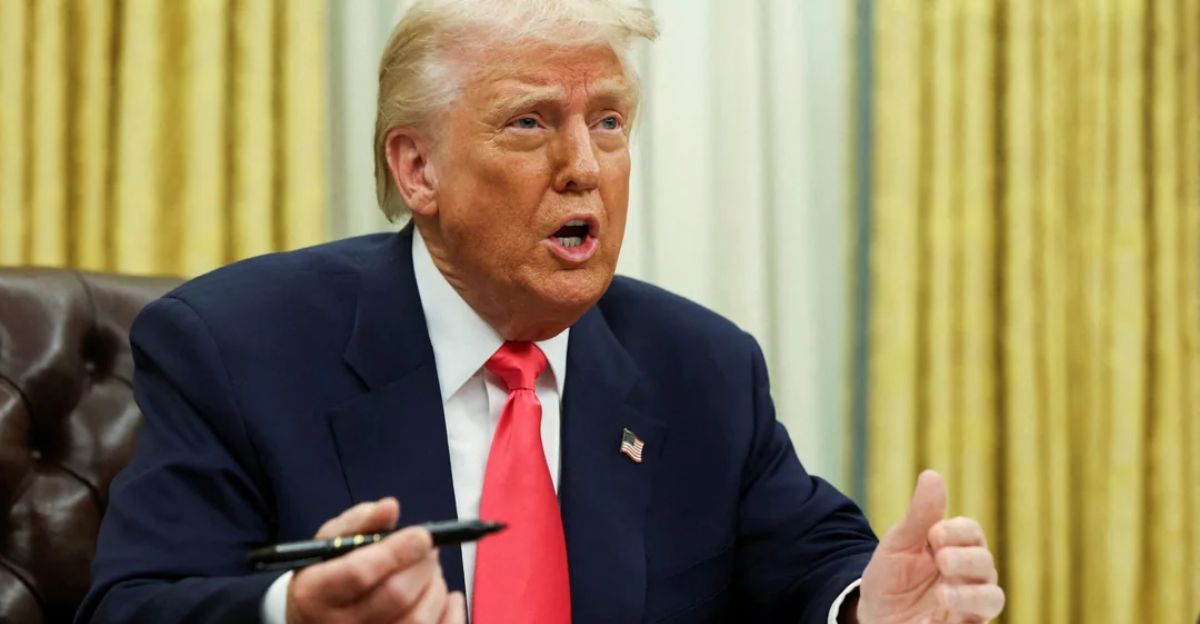
This crisis began on March 7 when President Trump sent a letter to Iran’s Supreme Leader, demanding the complete dismantling of Iran’s nuclear program within 60 days. The offer came with sanctions relief and normalized relations if Iran agreed, or military consequences if it didn’t. When the deadline passed, Israel’s operation began, with U.S. awareness.
Trump has said diplomacy is still possible, claiming at the G7 summit that “Iran is essentially at the negotiating table.” But his social media posts urging evacuations and calling for “unconditional surrender” suggest military options remain open and possibly imminent.
Why Fordow Matters: The U.S. Holds the Ultimate Trump Card
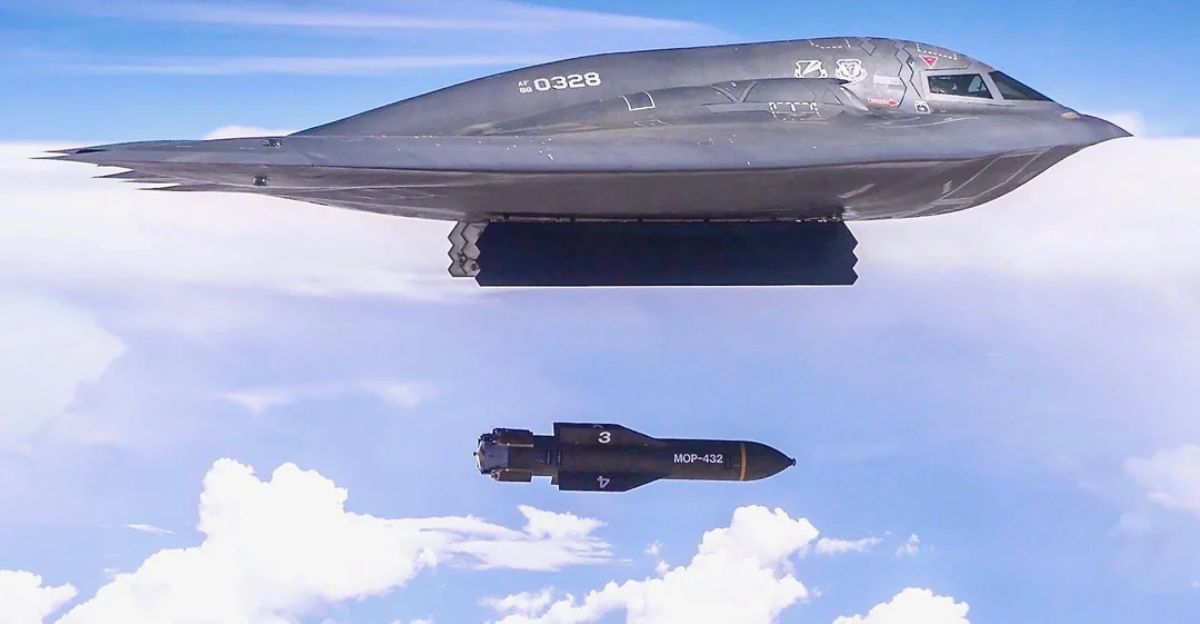
At the center of this standoff is Iran’s Fordow nuclear facility, hidden deep underground near Qom. Buried 80 to 90 meters beneath a mountain, it’s designed to survive conventional airstrikes, except for one threat. Only the U.S. has the GBU-57 A/B, a 30,000-pound bunker-busting bomb that can be delivered by B-2 stealth bombers.
Israeli weapons can’t reach it. One senior U.S. official called this capability “Trump’s leverage,” emphasizing the president’s deal-making mindset. Deploying such weapons could mark a turning point in the crisis, dramatically shifting the nature of U.S. involvement and raising the stakes for Iran’s leaders.
FPCON Bravo: How the U.S. Is Preparing for Escalation

The U.S. military has raised the Force Protection Condition to Bravo across all Indo-Pacific bases, indicating an increased or more predictable threat. This is the third-highest security level, typically activated when there’s a heightened risk of terrorist activity. While Bravo has long been the baseline since 9/11, applying it across an entire command signals serious concern.
It triggers stricter security protocols like more patrols, tighter ID checks, and vehicle inspections. Pentagon officials say there’s no specific threat to the region, but the move shows just how seriously the U.S. views the potential for this conflict to spread beyond the Middle East.
Is Iran Close to Building a Nuclear Weapon?
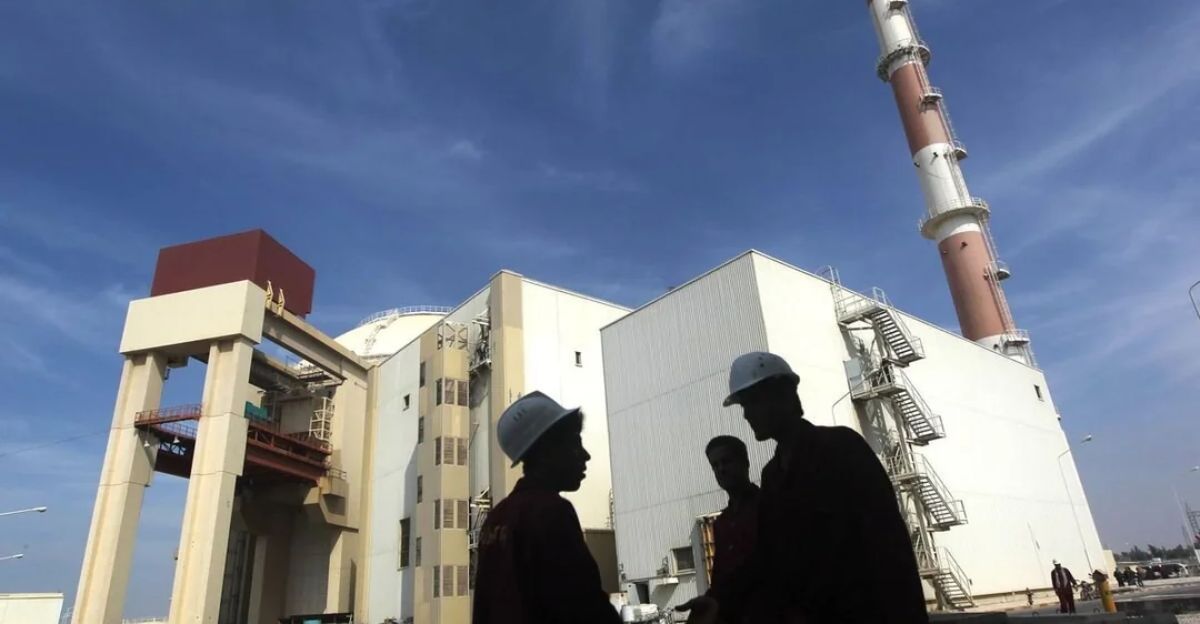
At the heart of the tension is a crucial question: how close is Iran to having a nuclear bomb? Israeli intelligence believes Iran is nearing completion of a bomb trigger mechanism, citing rapid advancements.
In March 2023, the IAEA found uranium enriched to 83.7% at Fordow, far above the 3.67% limit under the 2015 deal. Iran insists its program is peaceful and protected under the Nuclear Non-Proliferation Treaty.
Israel, which is widely believed to have its own undeclared nuclear arsenal, sees Iran’s efforts as an existential threat. Estimates suggest Iran’s breakout time, the time needed to produce one bomb, has shrunk to just a few weeks.
Trump’s Crossroads: War or a Historic Deal?
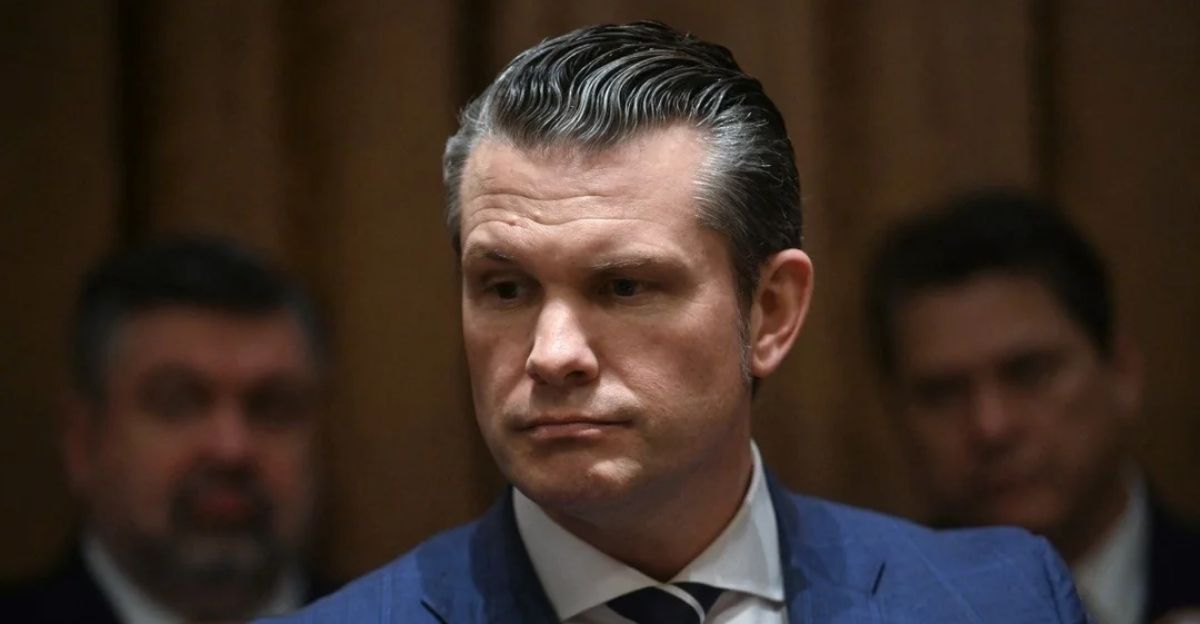
Trump now faces a defining choice for his second term. Should the U.S. join in dismantling Iran’s nuclear sites, or push for a breakthrough deal? After walking away from the 2015 nuclear agreement, Trump positioned himself as the one who could deliver better terms. Now, with Israeli pressure mounting, he must weigh “America First” principles against regional risks.
Defense Secretary Pete Hegseth insists the administration still seeks peace. Behind the scenes, Vice President JD Vance and envoy Steve Witkoff are exploring talks with Iranian Foreign Minister Abbas Araghchi. The stakes are enormous, and the path forward remains fraught with risk.
The Human Toll: Rising Casualties on All Sides
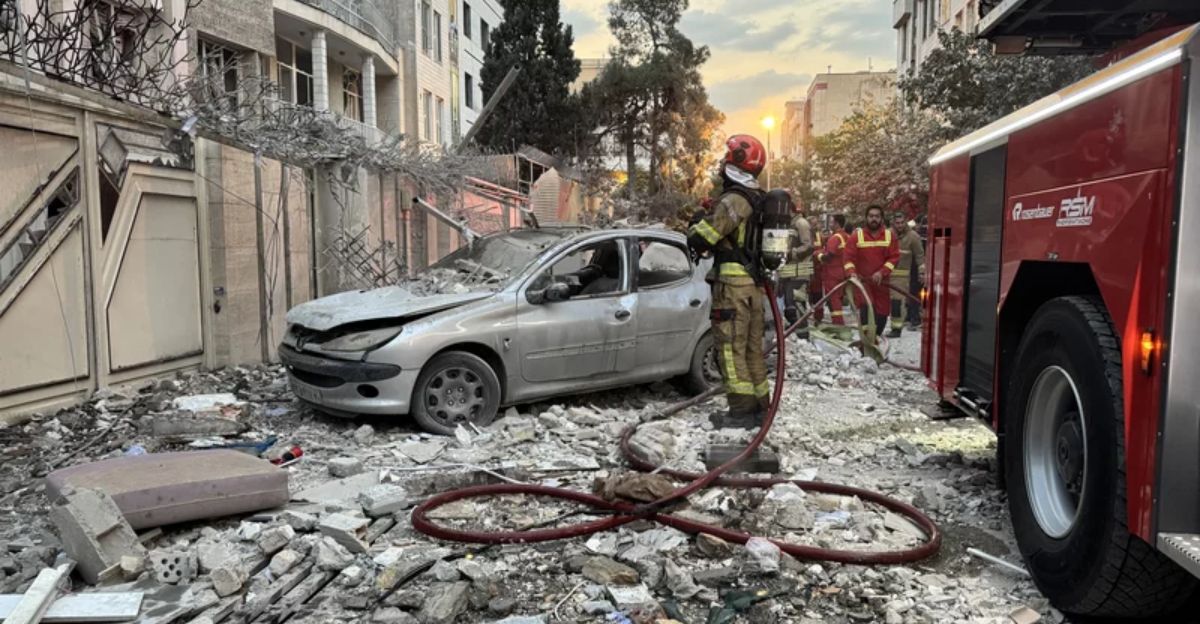
The death toll continues to grow. Human Rights Activists, a U.S.-based group, reports 585 Iranians killed and over 1,300 injured, including 239 civilians. Iranian authorities claim lower numbers. In Israel, 24 civilians have died from Iranian missile strikes, with major damage in cities like Bat Yam, where 61 buildings were hit.
Meanwhile, attention is slipping from Gaza, where 59 Palestinians were killed by Israeli forces while trying to access food aid, adding to a total of nearly 55,500 deaths since October 2023. Across the region, fear of nuclear conflict is reshaping everyday life, as civilians grapple with trauma, uncertainty, and loss.
Global Repercussions: Who’s Stepping In to Mediate?

As conflict escalates, global powers are scrambling to prevent wider war. Iran is seeking diplomatic help from Oman, Qatar, and Saudi Arabia to restart talks with the U.S. European nations support Israel’s right to defend itself but are increasingly critical of its actions in Gaza.
Russia and China have held joint discussions with the IAEA on Iran’s program, complicating Western efforts. Germany has warned of possible attacks on Jewish and Israeli communities abroad. Meanwhile, oil markets remain unstable amid fears that Iran could try to block the Strait of Hormuz, a critical chokepoint for global energy supplies. The stakes aren’t just regional, they’re global.
What Comes Next: War or a Deal Under Pressure?
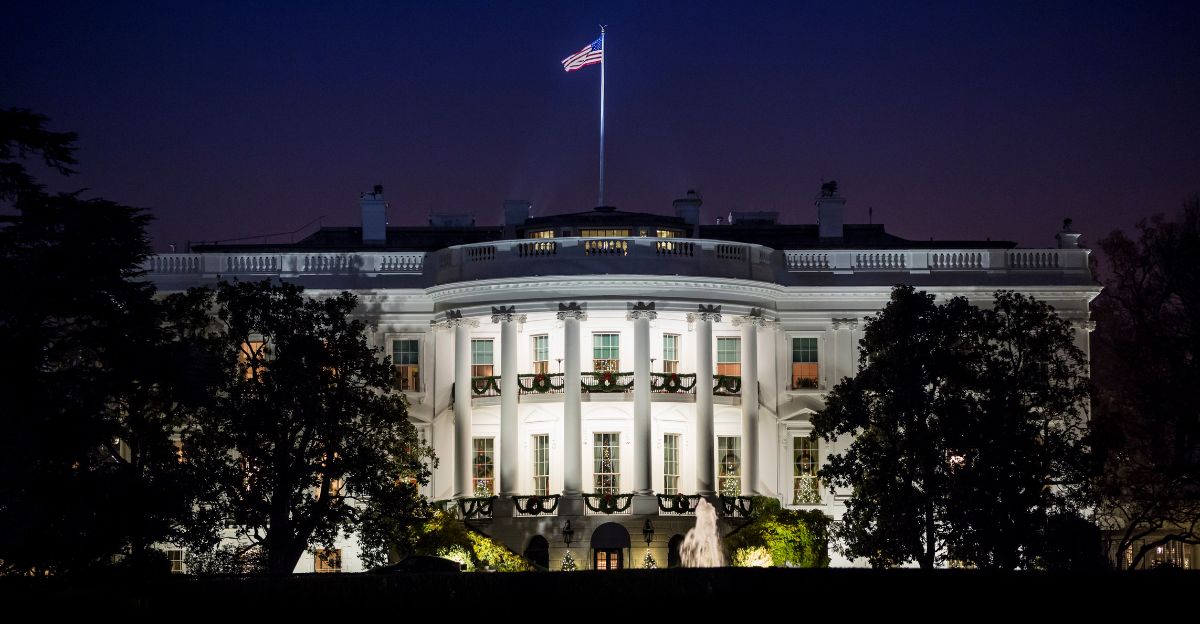
The coming days may decide whether Trump’s final offer brings Iran back to the table, or pushes both sides closer to war. The White House’s demand remains firm: Iran must halt all uranium enrichment. Yet officials hint the latest proposal may be “slightly better” than past versions to tempt Iran toward diplomacy.
For Tehran, agreeing means limiting its nuclear future; refusing could invite direct U.S. military action. The elevated FPCON Bravo status underscores the urgency and global security risks. As the region teeters on the edge, one question remains: will Iran seize this final chance, or let a misstep trigger a far wider war?
Uncover more fascinating moments from history — and hit Follow to keep the stories flowing to your feed!

Don’t miss more incredible stories from the past! Tap Follow at the top of this article to stay updated with the latest historical discoveries. Share your thoughts in the comments — we’d love to hear your perspective!

